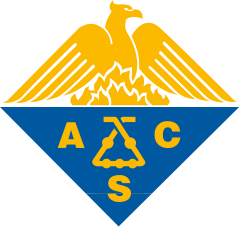
Emerging roles of i-motif in gene expression and disease treatment
As non-canonical nucleic acid secondary structures consisting of cytosine-rich nucleic acids, i-motifs can form under certain conditions. Several i-motif sequences have been identified in the human genome and play important roles in biological regulatory functions. Due to their physicochemical properties, these i-motif structures have attracted attention and are new targets for drug development. Herein, we reviewed the characteristics and mechanisms of i-motifs located in gene promoters (including c-myc, Bcl-2, VEGF, and telomeres), summarized various small molecule ligands that interact with them, and the possible binding modes between ligands and i-motifs, and described their effects on gene expression. Furthermore, we discussed diseases closely associated with i-motifs. Among these, cancer is closely associated with i-motifs since i-motifs can form in some regions of most oncogenes. Finally, we introduced recent advances in the applications of i-motifs in multiple areas.
Top-30
Journals
|
1
2
3
|
|
|
Nucleic Acids Research
3 publications, 12%
|
|
|
International Journal of Molecular Sciences
2 publications, 8%
|
|
|
Molecules
2 publications, 8%
|
|
|
Genes
1 publication, 4%
|
|
|
Trends in Genetics
1 publication, 4%
|
|
|
Russian Chemical Reviews
1 publication, 4%
|
|
|
ChemBioChem
1 publication, 4%
|
|
|
Microchemical Journal
1 publication, 4%
|
|
|
Bioorganic Chemistry
1 publication, 4%
|
|
|
Molecular Therapy - Nucleic Acids
1 publication, 4%
|
|
|
International Journal of Biological Macromolecules
1 publication, 4%
|
|
|
ACS Sensors
1 publication, 4%
|
|
|
Physical Chemistry Chemical Physics
1 publication, 4%
|
|
|
ChemistrySelect
1 publication, 4%
|
|
|
Biochimica et Biophysica Acta - Reviews on Cancer
1 publication, 4%
|
|
|
Frontiers in Bioinformatics
1 publication, 4%
|
|
|
Analytical Chemistry
1 publication, 4%
|
|
|
ACS Omega
1 publication, 4%
|
|
|
1
2
3
|
Publishers
|
1
2
3
4
5
6
|
|
|
Elsevier
6 publications, 24%
|
|
|
MDPI
5 publications, 20%
|
|
|
Oxford University Press
3 publications, 12%
|
|
|
American Chemical Society (ACS)
3 publications, 12%
|
|
|
Wiley
2 publications, 8%
|
|
|
Cold Spring Harbor Laboratory
2 publications, 8%
|
|
|
Autonomous Non-profit Organization Editorial Board of the journal Uspekhi Khimii
1 publication, 4%
|
|
|
Royal Society of Chemistry (RSC)
1 publication, 4%
|
|
|
Frontiers Media S.A.
1 publication, 4%
|
|
|
1
2
3
4
5
6
|
- We do not take into account publications without a DOI.
- Statistics recalculated weekly.











